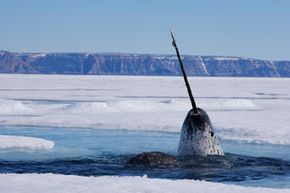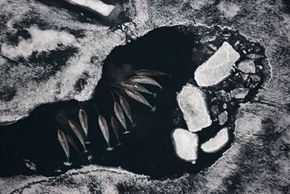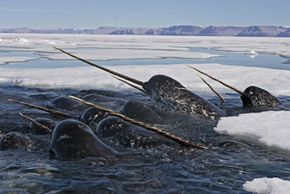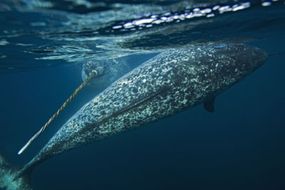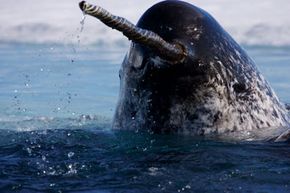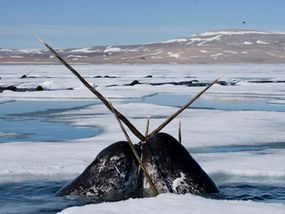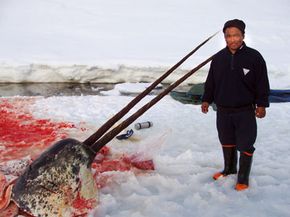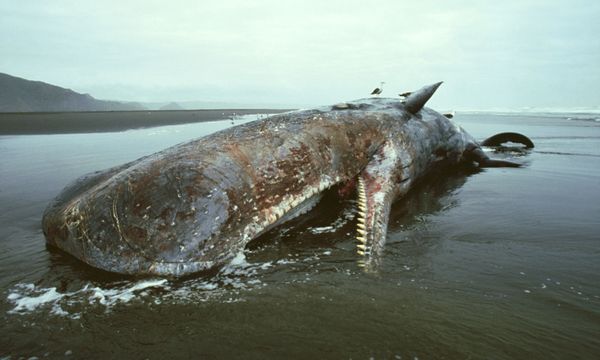You might associate unicorns with the doodles on sixth-grade girls' notebooks, but the next time you hear tales of the majestic horned beast, you should look to icy ocean waters and think of a very special creature: the narwhal.
The mythical unicorn belongs to the land of Never Was, but the people of long ago didn't simply believe in the beast on faith. Historians think that the Vikings brought narwhal tusks back from their sea journeys. Traders peddled the tusk as a unicorn horn, believed to be an antidote to poison, and the wealthy fell for the ploy. Of course, no one had ever seen a unicorn. But it was mentioned in the Bible, so it would be heretical to say it didn't exist. And at one time, there was a belief that land animals had marine counterparts, so even if a tusked whale were found, it wouldn't disprove the existence of the unicorn.
Advertisement
The unicorn of the sea has borne the mantle of misconception for quite some time now. Jules Verne bespoke the dangers of the narwhal in "20,000 Leagues Under the Sea," describing how the animal slaughtered whales with its "ivory sword" and even attacked boats. For centuries, stories have circulated about great jousting battles male narwhals engage in, with only dubious proof to back up these accounts. We know so little about the depths of the ocean, and even less about its more unusual creatures -- the extremophiles that dwell by hydrothermal vents on the ocean floor, the sea serpents sighted by sailors of old, the giants that might lurk in its waters. So what is this strange creature?
For starters, it's a cold-water dwelling, deep-diving, vocalizing, halibut-munching wonder with its very own ivory crown. It's also one of the toothed whales, or odontoceti, which includes dolphins and sperm whales. Odontocetes aren't the giants of the deep -- that honor goes to baleen whales, such as the blue whale. Toothed whales have the signature teeth, one blowhole and a fatty organ called a melon packed into their foreheads, which is used in echolocation (which we'll talk about later). Narwhals and white whales belong to the Monodontidae group of odontocetes, which means that the narwhal's head is very flat and its neck is very flexible.
Advertisement
